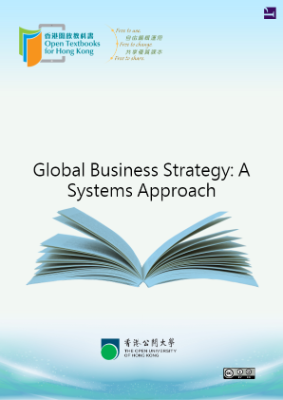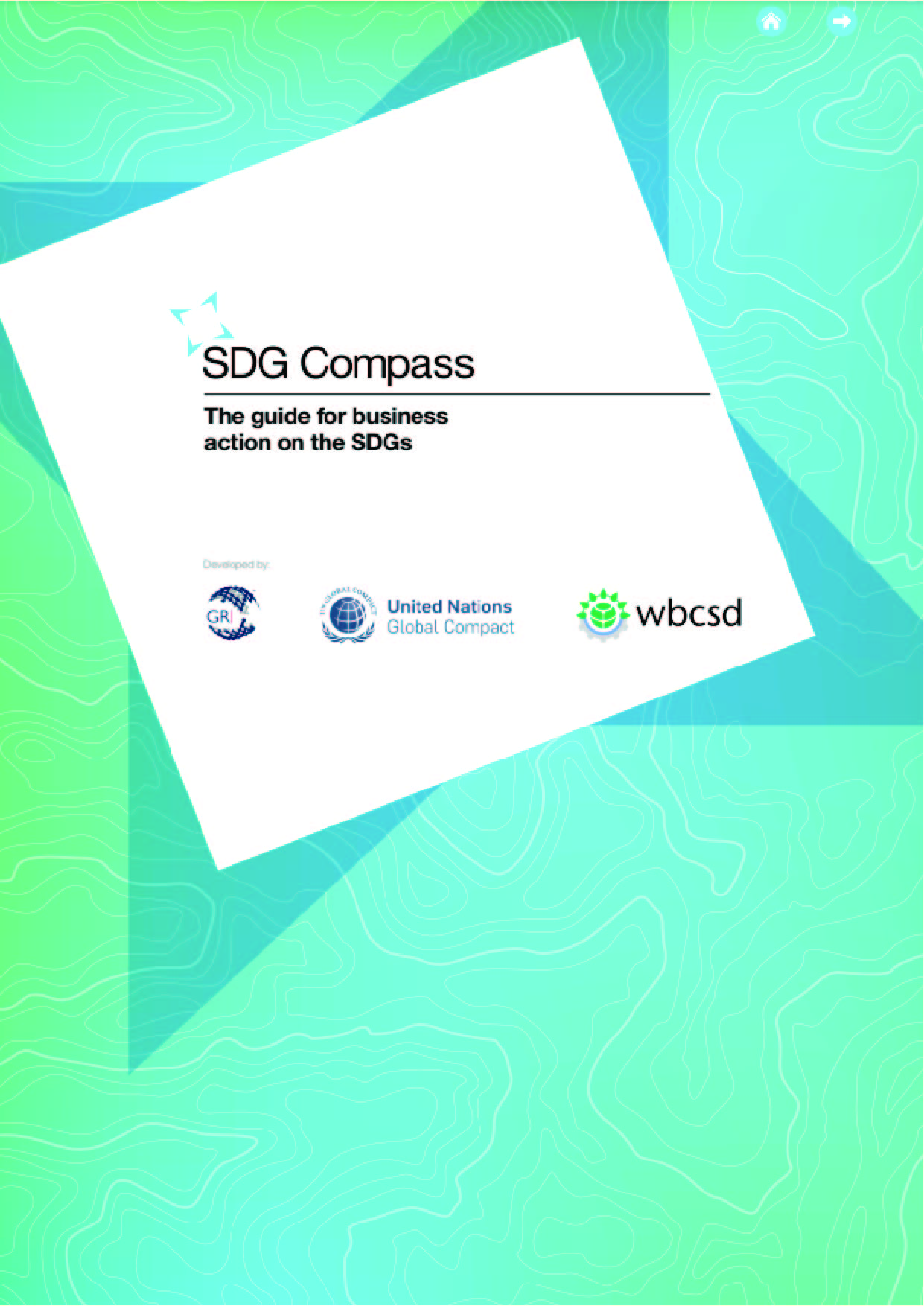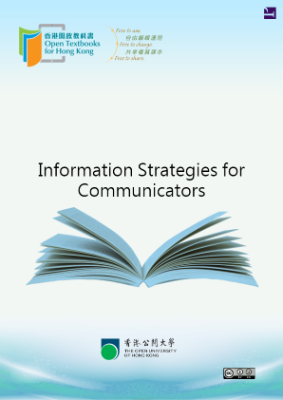Future historians of business will undoubtedly describe the 1990s as the dawn of globalization. Gradually but steadily, goods, services, money, and people are coming to be exchanged in a market that has virtually no national borders. This market is not simply an extension of the domestic markets that grew up after the end of World War II. Rather, the global market is a new phenomenon brought about by a convergence of the social, political, and economic systems of the peoples of the earth.
At the center of this globalization process is the interplay between the multinational corporation (MNC) and the nation-state, or country. The nation-state, responding to the political and economic cooperation among the great powers, has found that it must adopt a more cooperative attitude toward the MNC. Similarly, the MNC, faced with some new managerial challenges, has discovered that it needs the support of the nation-state. These challenges stem from changes in technology (primarily information technology), market forces, and people’s attitudes toward work. Even among MNCs, conventional “go-it-alone” strategies, prevalent in the 1970s and early 1980s, are giving way to “cooperate-to-compete” strategies. Indeed, strategic alliances among some of the largest MNCs seem to be the norm rather than the exception.
Institutions of higher education, cognizant of this shift toward globalization, are developing curricula that aim at preventing American students, the business leaders of the future, from falling prey to “the backyard view.” When one sees no light in any of the other windows in the neighborhood, it is all too easy to assume that everyone in the world is asleep—to forget that there is more to the world than one’s own backyard. The business leader of the future must understand that from now on, business opportunities and challenges will be global ones; no single country will ever again have a monopoly on business or technological expertise.
THE APPROACH OF THIS BOOK
The greatest dilemma facing the author of a textbook on international business strategy is estimating readers’ knowledge of the domain. Should the author assume that the student already comprehends such subjects as international economics, international trade, and international finance? Or should the book deal extensively with these subjects before tackling management issues?
After over fifteen years of teaching, I have come to recognize that the appropriate compromise is to provide a quick refresher on international economics, trade, and finance. For this reason, Global Business Strategy: A Systems Approach builds a good theoretical base before addressing the basic functions, or tasks, of global management. The philosophy underlying this work is that international managers are practitioners of economics and, in particular, its subdiscipline of international economics. Just as a good engineer must learn the science of physics before practicing engineering, and a physician the science of biology before practicing medicine, international managers must learn international economics before they can begin practicing global management.











